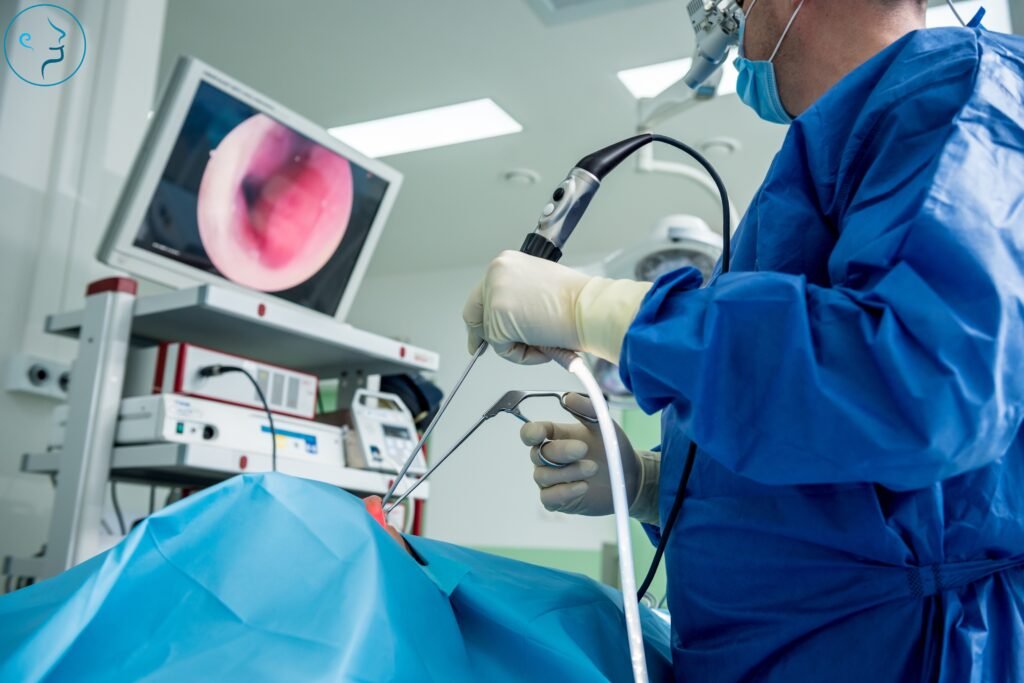
Say Goodbye to Painful Surgeries: The Power of Coblation Technology in ENT Procedures
At our ENT clinic, we are committed to offering the most advanced, patient-friendly treatments for ear, nose, and throat conditions. One of the cutting-edge techniques we proudly use is Coblation technology — a revolutionary approach that enables minimally invasive surgeries with faster recovery times and less discomfort. But what exactly is Coblation, and how does it benefit patients undergoing ENT procedures? Let’s explore.
What is Coblation Technology?
Coblation, short for controlled ablation, is a surgical technology that uses low-temperature radiofrequency energy to precisely dissolve soft tissue while minimizing damage to surrounding healthy structures. Unlike traditional methods that use high heat, Coblation operates at much lower temperatures, making it less invasive and more comfortable for patients.
This technique is widely applied in ENT surgeries such as tonsillectomy, adenoidectomy, nasal procedures, and snoring treatments. Coblation allows surgeons to gently remove or reshape tissues, leading to faster recovery and fewer complications.
How Does Coblation Work?
Coblation delivers radiofrequency energy to a saline solution, creating a plasma field capable of dissolving soft tissue at the molecular level. This plasma gently breaks down targeted tissues without the excessive heat that traditional tools like electrocautery or lasers produce.
This precision enables surgeons to focus treatment on problem areas while sparing healthy tissue. Patients typically benefit from:
- Less post-operative pain
- Reduced bleeding
- Lower risk of infection
- Quicker recovery times
Common ENT Procedures Using Coblation
Coblation Tonsillectomy
Compared to traditional tonsillectomy, Coblation offers less pain and a faster recovery, especially beneficial for children.
Adenoidectomy
For children with enlarged adenoids causing breathing issues or ear infections, Coblation provides a precise, safer removal option with minimal side effects.
Nasal and Sinus Surgeries
Coblation helps reduce swollen turbinates or other obstructive tissues gently, improving nasal airflow without harming surrounding areas.
Snoring and Sleep Apnea Treatment
By reducing excess soft tissue in the throat, Coblation improves airway patency, enhancing sleep quality and reducing apnea episodes.
Benefits of Coblation Technology
- Minimally Invasive: Causes less trauma to healthy tissues.
- Faster Recovery: Patients heal more quickly and return to daily life sooner.
- Reduced Pain: Less post-surgical discomfort than traditional methods.
- Lower Complication Rates: Decreased risk of bleeding, infection, and scarring.
- High Precision: Targeted tissue removal ensures effective, safe treatment.
Is Coblation Right for You?
If you or a loved one require ENT surgery—whether for chronic tonsillitis, adenoid removal, or snoring treatment—Coblation may be the ideal option. Our clinic uses this advanced technology extensively due to its safety, precision, and patient-friendly recovery process. However, individual cases vary, so an ENT consultation is necessary to determine the best treatment for you.
Conclusion
Coblation technology is transforming ENT surgery by offering a gentler, more precise, and less painful alternative to conventional methods. Patients of all ages can benefit from faster recovery, fewer complications, and improved outcomes.
Contact our clinic today to learn more about Coblation and how it can enhance your ENT treatment experience. We are dedicated to providing you with the highest standard of care.